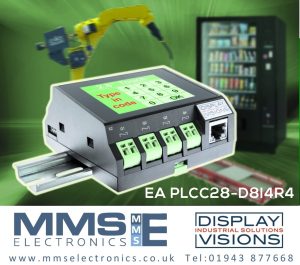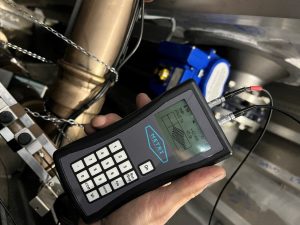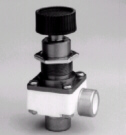Resolve Optics is a leading developer of custom optical modules – design optimised to perfectly match your application. An optical module is a system of optical components that does more than just transmit a single image. For example, in interferometry – an optical module may use beamsplitters or prisms to create many images from a single image.
Rob Watkinson, sales manager at Resolve Optics said “As a developer and supplier of custom lenses and optical systems to leading camera, sensor, and optical instrument manufacturers our aim is to help these customers keep at the forefront of the markets they serve through ongoing cooperative developments and providing continuous support.
He added “One such customer is Specialised Imaging – technological market leader in ultra-high-speed imaging and ballistic range cameras. Their SIM family of ultra-high-speed cameras are used by research laboratories around the world. These state-of-the-art cameras can capture up to thirty-two images at one billion frames per second enabling analysis of even the most fleeting of phenomena. To help the SIM camera range remain the ultra-high-speed multichannel imaging camera of choice for researchers working at the edge of what is possible and solving new applications challenges – Resolve Optics recently supplied a third generation ultra-high-speed camera optical module that is not only more user friendly but also provides improved state-of-the-art performance”.
In this latest development a key objective was to make it easier for Specialised Imaging to precisely align their sensors with the eight ports on the ultra-high-speed optical module. To provide this enhanced ease-of-use facility Resolve Optics developed a new sensor mounting system that enables easy adjustment of the whole port in x and y planes. This new adjustment system allows users of SIM ultra-high-speed imaging cameras to align their systems significantly quicker and with much more accuracy than was previously possible.
Managing Director of Specialised Imaging – Wai Chan commented “I am pleased to say that the Resolve Optics optomechanical design team has again risen to the challenge and designed a new and improved optical module that meets all of our specification needs of our SIM cameras.”
For further information on design and development of custom optical modules please visit https://www.resolveoptics.com/optical-modules/ or contact Resolve Optics on +44-1494-777100 / sales@resolveoptics.com. For further information on ultra-high speed imaging cameras from Specialised Imaging please visit www.specialised-imaging.com.
 Instrumentation Monthly Test | Measurement | Control
Instrumentation Monthly Test | Measurement | Control







 Outstanding Range and Precision
Outstanding Range and Precision InfraTec provides thermographic solutions for various fields of the automotive industry:
InfraTec provides thermographic solutions for various fields of the automotive industry:






 Thermocouples
Thermocouples



 With a library of 18, 00 designs we can offer a solution to most OEMs requirements.Product range is found in typical systems as
With a library of 18, 00 designs we can offer a solution to most OEMs requirements.Product range is found in typical systems as SOLENOID VALVES CRYOGENIC SOLENOIDS
SOLENOID VALVES CRYOGENIC SOLENOIDS METERING PUMPS
METERING PUMPS